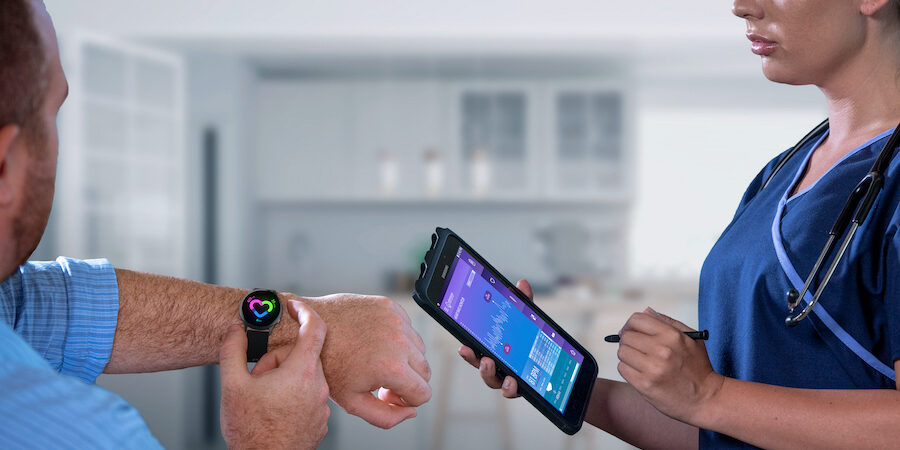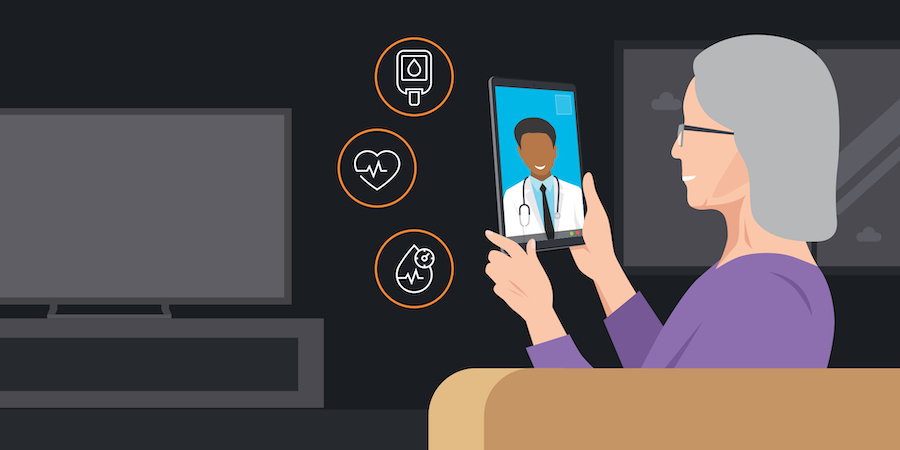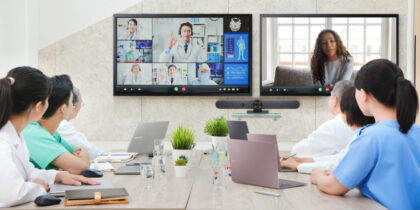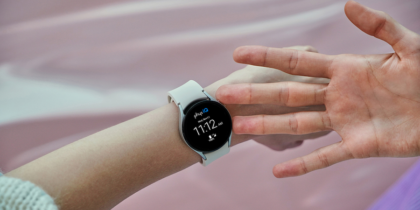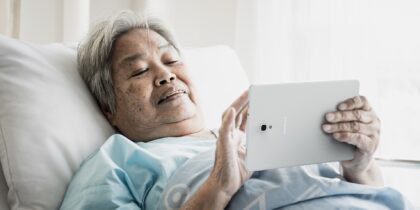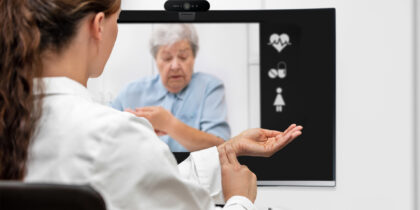Remote patient monitoring (RPM) is becoming an industry standard, accelerated by COVID-19. Leading hospitals are using RPM solutions to improve post-acute care, while primary care physicians are using it to optimize chronic care management. Some health insurers are even launching RPM programs designed to monitor and engage with high-risk populations.
Why does everyone suddenly want to take part in RPM? Because a decade’s worth of research shows it can improve patient engagement and health outcomes, leading to fewer readmissions and lower healthcare costs. Meanwhile, new healthcare legislation allows physicians to bill for the service.
Given these benefits, 88 percent of healthcare organizations are now investing or considering investing in remote monitoring technology, and 68 percent of physicians say they strongly intend to use RPM in the future.
So how do leading RPM solutions work? And what are the benefits for hospitals, physicians, health plans and patients?
How remote patient monitoring works
Remote monitoring is software used to collect a patient’s biometric data (e.g., blood pressure, oxygen saturation, glucose levels) when they’re away from their provider’s office, then analyze, interpret and transmit that data to their providers.
Until recently, RPM was mostly used for diagnostic purposes, such as a 30-day heart monitor or a home sleep study kit. These proprietary devices involved patches and wires, and patients only used them for a short period of time.
Modern RPM solutions are designed for longer-term patient use as a way to help people with chronic illnesses better manage their health. These solutions are built onto consumer-grade mobile devices. With wearables and Bluetooth-enabled biometrics devices, patients no longer have to be wired to their health monitors. The technology is more user-friendly and cost-effective, and allows more RPM vendors to take advantage of mobile innovations. Rather than building their own proprietary devices from scratch, they can leverage state-of-the-art sensor technology and innovative wearables being developed by mobile device manufacturers.
3 remote patient monitoring solutions that are reducing readmissions
Different RPM solutions collect biometric data through different methods, including the following examples:
1. Wearable mobile devices
Preventice customizes Samsung smartwatches using Knox Configure, which lets the provider customize the watch to create a dedicated kiosk for RPM. Sensors inside the watch gather biometric data from patients and transmit it to the Preventice platform, which streamlines the information for physicians to review. Independent research has concluded that these wearables are more effective for monitoring patient health data than traditional methods.
2. Patch-based sensors
The VitalConnect VitalPatch is an FDA-approved wearable biosensor that continuously gathers eight types of biometric data — from electrocardiogram and heart rate to body posture and activity levels. The patch streams this data to the patient’s smartphone and then to the VitalConnect platform. Physicians can view the data via the VistaTablet, a customized Samsung Galaxy tablet. At Brigham and Women’s Hospital in Massachusetts, VitalConnect helped reduce hospitalization costs by 52 percent and improved patient outcomes.
3. Bluetooth biometric devices
The Vivify Pathways Home solution includes a customized Samsung Galaxy tablet and Bluetooth-enabled biometric devices (e.g, blood pressure cuff, weight scale, glucometer). Patients use the tablet to answer daily health questions and use the the biometric devices to collect medical data. In a clinical trial among congestive heart failure patients with Christus Health, Vivify Pathways Home helped reduce hospital readmissions by 65 percent.
Some leading RPM providers, including Vivify, offer a variety of solutions that utilize different methods of collecting data. Regardless of the collection method, data is then securely transmitted to a third-party, HIPAA-compliant RPM platform that analyzes the data and delivers it to physicians via user-friendly dashboards, supplemented with data analytics. Clinicians can monitor patients in between office visits, spot troublesome trends in real time and intervene before patients need to be hospitalized.
New markets for remote patient monitoring
Most early RPM adopters were hospitals and home health organizations focused on reducing readmissions. Under the Affordable Care Act (ACA), hospitals stand to lose up to 3 percent of all Medicare reimbursements based on their readmission rates alone. In 2020, readmissions cost over 2,500 U.S. hospitals an estimated $563 million.
How to build a successful remote patient monitoring program
Discover solutions and best practices that transform patient experience and improve health outcomes Download Now
RPM can also help improve health outcomes for chronically ill patients — roughly 3 in 5 adults in the U.S. — by allowing their physicians to better support, educate and look out for them. Clinicians can intervene before minor problems become major, and patients get access to the tools and information they need to take greater ownership of their health. More than 60 percent of patients say they feel more engaged during discussions with their healthcare providers when their self-generated health data is part of the experience.
When they’re empowered with health data and better connected to their caregivers, patients are less likely to end up in the hospital. That’s why insurers are also joining the RPM trend. For example, after a successful pilot program with Vivify Health, UnitedHealth subsidiary Optum recently purchased Vivify Health and plans to fuel its group with UnitedHealth members, as well as other health insurers.
Physicians are also beginning to adopt remote monitoring solutions, now that some health insurers are covering it. More importantly, the Centers for Medicare & Medicaid Services (CMS) — America’s single largest payer for senior care and chronic illness management — now reimburses for RPM.
With validation at the federal level, RPM begins this decade as a bonafide clinical solution for reducing readmissions and improving chronic disease management. And because they’re built onto consumer devices, the leading RPM products will keep evolving rapidly in the years to come — finally delivering on the digital-age promise of fully connected healthcare.
Beyond remote patient monitoring, you can make your clinical operations even more efficient with smartphones. Find out how in our free comprehensive guide. And discover more remote monitoring solutions supported by Samsung’s innovative mobile technology — designed with healthcare practioners in mind.
